ERA Country Report 2023
Iceland
Edited by Claire Nauwelaers (Independent Science, Technology and Innovation policy expert)
as part of ‘Development of the ERA Scoreboard, the ERA Dashboard and the Regular Reports’ project for the European Commission, Directorate-General for Research and Innovation under Framework Contract N° 2018/RTD/A2/OP/PP-07001-2018 Lot 2 (EDAR)
Click here to download this country report![]()
- Table of contents
-
ERA Country Report 2023: Iceland
1. National context
1.1. Overview of the ERA policy agenda implementation
1.2. Policy context
2. Assessment of the Implementation of the ERA Policy Agenda and ERA Priorities
2.1. ERA Priority 1: Deepening a truly functional internal market for knowledge
2.2. ERA Priority 2: Taking up together the challenges posed by the twin green and digital transition and increasing society’s participation in the ERA
2.3. ERA Priority 3: Amplifying access to research and innovation excellence across the Union
2.4. ERA Priority 4: Advancing concerted research and innovation investments and reforms
3. Country-specific drivers and barriers
4. Final remarks
5. Bibliography
6. Annexes
6.1. Annex 1: Graphs
ERA Country Report 2023: Iceland
|
Key takeaways:
|
1. National context
1.1. Overview of the ERA policy agenda implementation
According to the European Innovation Scoreboard 2023 Iceland is a Strong Innovator, with a summary innovation index at 102.5 (with EU average = 100). While the Icelandic index has been steadily growing since 2019, this growth is smaller than that of the EU index, narrowing the gap between innovation performance in Iceland and in the EU. Iceland performs particularly high in terms international scientific co-publications and foreign doctorate students, reflecting the openness of the Icelandic research system. Another dimension where Iceland shows distinctive strength is that of ‘Linkages’.
Iceland participates in ERA as a full and equal partner as part of the EEA/EFTA Agreement. The country has not formally committed to the ERA Policy Agenda. However, in practice research and innovation policy in Iceland is largely inspired by trends in the EU and the ERA Policy Agenda in particular. In this sense, the main strategy for research, development and innovation is the Science and Technology Policy 2020–2022 working around four key priorities: (1) Research and innovation in Iceland should have a framework that is internationally competitive, (2) Icelandic institutions and enterprises should increase their participation in international research and innovation, (3) Value creation based on knowledge should be strengthened and jobs in knowledge industries increase and (4) Research and innovation should benefit society in tackling societal challenges.
Unless otherwise stated, figures in this paragraph are extracted from the European Innovation Scoreboard and should be read as follows: the values for the Icelandic indicators are compared to an EU average set at 100 for the same year (2023).
The strategy’s duration is extended towards end 2023 as a new Council is being established during that year.
1.2. Policy context
The Ministry of Higher Education, Science, and Innovation holds the overall responsibility for R&I in Iceland. RANNIS, the Icelandic Centre for Research, is the main national agency supporting research, innovation, education and culture in Iceland. RANNIS administers competitive funds as well as strategic research programmes, promotes Icelandic participation in European and international cooperation programmes, monitors resources and performance and promotes public awareness in research, innovation, education, and culture. National Contact Points for the EU Framework Research Programme are located in the agency. Current developments aim at reinforcing the role of research and innovation in economic development.
A reorganisation of ministerial portfolios in 2022 resulted in the establishment of the new Ministry of Higher Education, Science, and Innovation, with responsibilities also encompassing industry, digital matters, telecommunications, and cybersecurity. The main aim of this restructuration is to integrate the academic, innovation and research fields under one institution to provide a more efficient organisation and monitoring of the R&I environment. A new impact indicator system for R&I is being put in place to capture objectives relevant for the ERA, such as, for Priority 2 “Adding value from knowledge and innovative solutions to urgent societal challenges” and for Priority 3 “World-class research”.
The funding system for research and innovation, currently under review with the goal of achieving more effectiveness, includes a range of funding schemes, the two major ones being the Research Fund and the Technology Development Fund, managed by RANNIS. The agency also administers a generous Tax Credit Scheme for innovative companies. A new focus is also placed on government-owned investment vehicles including venture capital and fund-to-fund programmes.
To support the aforementioned main strategy Science and Technology Policy 2020–2022, a New Law has entered into force in April 2023, with the aim “to strengthen strategic planning and coordination in the field of science, technological development and innovation”. The law establishes a clearer division between the advisory function, held by a new Science and Innovation Council providing high-level independent advice to the government on STI matters, and the decision-making function in the hands of a new Ministerial Committee on Science and Innovation. More evidence-based policymaking is fostered thanks to newly appointed experts at the Ministry tasked with analyses of the R&I system.
2. Assessment of the Implementation of the ERA Policy Agenda and ERA Priorities
This section highlights new developments and achievements relevant to the various ERA priorities and actions, in which Iceland is particularly active. The sources of information consist of national documents, interviews with officials at RANNIS carried out in September 2023 as well responses of the country to the EU-OECD STIP Compass survey. For each ERA priority, a first sub-section summarises the main ongoing developments, and a second sub-section highlights progress towards achieving ERA priorities as measured by the ERA monitoring indicators.
The quantitative information presents the most recent data available for the ERA Scoreboard and ERA Dashboard indicators. However, in some cases, the data available pre-dates the ERA Policy Agenda. Therefore, the longer-term trends covering the last ten years are presented. The indicators falling under each ERA priority are presented below, and the general indicators are outlined in Table 1. More detailed information on the data and graphs can be found in Annex 1. This report will serve as a baseline for reporting in the future.
|
Indicator |
Most Recent Metric |
|
Gross Domestic Expenditure on R&D (GERD) as a percentage of GDP |
2.77 (2021) |
|
Government Budget Allocations for R&D (GBARD) as a share of GDP |
1.19 (2021) |
|
Researchers (in full-time equivalent) per million inhabitants |
6,456.21 (2021) |
|
Business Enterprise expenditure on R&D (BERD) as a percentage of GDP |
1.98 (2021) |
Source: compiled by research team based on the ERA Scoreboard and ERA Dashboard indicators
2.1. ERA Priority 1: Deepening a truly functional internal market for knowledge
2.1.1. State of play in the implementation of the ERA Actions
Iceland is placing high priority on ERA Action 1: Enable Open Science, including through the European Open Science Cloud (EOSC). Open access to research data and increased use of data for innovation is one of the ten priority actions in the Science and Technology Policy. Recommendations on open access have been published on the Ministry portal in March 2020 and a draft policy was completed in 2021. The IRIS - the Icelandic Research Information System for Universities and public research institutes was launched in 2022 and supports transparency in research funding and research administration through access to research results and data; its coverage has been recently extended in 2023. Legally, all scientific publications based on projects, funded entirely or partially by the Icelandic Research Fund, the Innovation Fund, and the Strategic Research and Development Programme, must be published in open access by law.
ERA Action 3: Reform the Assessment System for research, researchers and institutions is also under focus. A new funding model for universities has become a top priority and work is ongoing with the aim of introducing new criteria linked to research quality, meeting skills needs and providing more support to society. The new performance-based funding system is divided into three parts, teaching part (60%), research (15%) and social role (25%). Both RANNIS and the University of Iceland are signatories of the Coalition for Advancing Research Assessment. Foreign experts are now hired for evaluation of applications to the Icelandic Research Fund. The review of the research funding schemes is a top priority.
In line with Iceland’s strong drive to internationalisation of its research system, one priority action under the Science and Technology Policy is to streamline the application process for work permits for specialists from outside the EEA. This has resulted in changes in regulations to support talent circulation, a topic covered under ERA Action 4: Promote attractive research careers, talent circulation and mobility.
Despite the fact that Iceland is “one of the most egalitarian economies of the OECD”, work is being done concerning ERA Action 5: Promote gender equality and foster inclusiveness. In order to ensure more female participation in the creation of new enterprises, a new Key Performance Indicator has been established to increase from 5% in 2022 to more than 25% in 2028. The ongoing work on streamlining the R&I funding system includes the objective of a more balanced gender ratio in allocation of excellence grants, in which women underperform, and more attention to diversity in innovation funding with respect to entrepreneurs in rural areas and of foreign origin.
The current Plan for a bill to amend the law on universities, aims to harmonise the law on universities with the European qualification framework for higher education and degrees, which Iceland has committed to respect through the Bologna Process. It also incorporates the goal of protecting academic freedom, covered by ERA Action 6: Protect academic freedom in Europe.
Ensuring better knowledge valorisation, covered under ERA Action 7: Upgrade EU guidance for a better knowledge valorisation, features high in Icelandic R&I policy. A key instrument is the national Technology Transfer Office (TTO) Auðna, which serves all universities and leading public research organisations. The TTO aims to ensure more impact for R&I, domestically and internationally through the promotion of science-industry partnerships, research-based innovation and patenting of inventions. This agenda is supported by two Key Performance Indicators: ‘IP-derived industry contribution to exports’ and ‘Jobs in technology and IP-derived industries’. Also relevant is the Intellectual Property Committee of the University of Iceland and the National University Hospital of Iceland and the recently established Intellectual property council of the Icelandic Industry Association.
A major development occurred in 2021 in relation to ERA Action 8: Strengthen research infrastructures when Iceland adopted its first Icelandic Roadmap for Research Infrastructures, in which “special attention is directed at open access to research infrastructure and co-operation on the development and utilisation of the infrastructure”.
Finally, ERA Action 9: Promote international cooperation is traditionally at the heart of Iceland’s R&I policy as well as an essential dimension of the above-mentioned Icelandic Roadmap for Research Infrastructures and the Science and Technology Policy, as well as the Icelandic Innovation Strategy 2030. International cooperation is subject to monitoring via Key Performance Indicators: grant funding obtained and success rate of applications to EU programmes.
2.1.2. Progress towards achieving ERA Priorities
With respect to Sub-priority 1.1: Open Science, the share of publications available in open access has been growing since 2009, reaching a value of 51.37% in 2019 (Figure 5 in Annex 1). In relation to Sub-priority 1.2: Research infrastructures, the country has registered a value of 0.13% for the share of national public R&D expenditure allocated to European research infrastructures in 2022.
Concerning Sub-priority 1.3: Gender equality, equal opportunities for all and inclusiveness: the share of women in grade A positions in HEIs remains stable at 25%, while the proportion of women among doctoral graduates by narrow fields of Science, Technology, Engineering and Mathematics fluctuates on a yearly basis, reaching or exceeding 50% in 2014, 2017 and 2020 (Figures 6 and 7 in Annex 1). The indicator proportion of papers with mixed gender authorship evidence parity as half of papers have mixed gender authorship (Figure 8 in Annex 1), but the proportion of women’s authors in the top 10% most cited publications is lower, at circa one third over the last decade, without major fluctuations (Figure 9 in Annex 1).
Under Sub-priority 1.4: Researchers’ careers and mobility and research assessment and reward systems, the proportion of foreign doctorate students is consistently growing except for a drop in the year 2017 (Figure 10 in Annex 1). However, the number of new doctorate graduates per 1.000 inhabitants only started to rise from 2018, after a declining trend for several years previously (Figure 11 in Annex 1). Job-to-job mobility of Human Resources in Science and Technology grew between 2014 and 2017, but since then has been declining (Figure 12 in Annex 1).
Trends under Sub-priority 1.5: Knowledge valorisation are measured by several indicators. The number of PCT patent applications does not show significant variations between 2010-2015 (Figures 13 in Annex 1). Similarly, there are no fluctuations between 2010 and 2020 on the share of innovating firms collaborating with higher education institutions or public/private research institutions, and the value for the country remains around 15%. For the business enterprise researchers as % of national researchers, the Icelandic value decreased in 2013 and after increasing in the following years the data stayed stagnant around 42% (Figure 14 in Annex 1). The business enterprise researchers in full-time equivalent per thousand employees in industry decreased slightly after 2011, and has remained around 6 in the last years (Figure 15 in Annex 1).
Iceland has registered positive results towards Sub-priority 1.6: Scientific leadership, as depicted by a stable high Academic Freedom index over 2010-2022 (Figure 18 in Annex 1). The share of scientific publications among the top-10% most cited publications worldwide in all publications fluctuates around 10% over the period 2010-2020 (Figure 17 in Annex 1).
Trends under Sub-priority 1.7: Global engagement of Icelandic public researchers show progress. The number of international co-publications with non-EU partners per 1,000 researchers in the public sector is rising significantly, with a 75% increase between 2011 and 2022 (Figure 19 in Annex 1) and showing a value of 4348.2 in 2022.
2.2. ERA Priority 2: Taking up together the challenges posed by the twin green and digital transition and increasing society’s participation in the ERA
2.2.1. State of play in the implementation of the ERA Actions
With respect to ERA Action 10: Make EU research and innovation missions and partnerships key contributors to the ERA, there are no targeted programmes nor explicit initiatives to adjust the Icelandic R&I system to the EU missions and partnerships. However, “the Prime Minister's office has established a sustainability team responsible for ensuring the integration of the SDGs across all government sectors" and there is an expectation that the newly formed Science and Innovation Council might come with prioritisation in notably “climate, health, food security and social inequality.”
Under ERA Action 11: An ERA for green transformation, Iceland, with almost 100% of electricity produced from renewable energy sources, has put priority in decarbonising its industry and transport sector, including its fisheries. A main tool is the Energy Fund, but its “emphasis is less on research and innovation and more on implementing solutions”. The smaller Climate Fund supports innovation projects related to climate change mitigation and adaptation, and education and promotion actions on the subject.
A main angle of work under ERA Action 12: Accelerate the green/digital transition of Europe’s key industrial ecosystems is through skills development. Responding to OECD’s view that “deep-reaching education and skills reforms are needed to prepare Iceland for the longer-term economic transition challenges”, and using findings on skills gaps notably in S&T from a report on the Fourth Industrial Revolution in Iceland and new methodologies developed for skills analysis, the government is working on skills forecasting, reviewing its legislation and policy formulation with respect to continuing education. Since 2021, Iceland has a Strategy on Artificial Intelligence and since 2022 the European Digital Innovation Hub Iceland (EDIH-IS). Innovation and green and digital transition in the food and fisheries sectors is supported by the Icelandic Food research and innovation fund.
The empowerment of Higher Education Institutions targeted under ERA Action 13: Empower Higher Education Institutions is fostered by the new funding system for university rewarding research quality, along with increases in the Icelandic Research Fund. At institutional level, the University of Iceland takes part in Aurora, a collaborative partnership of European research-intensive universities funded through the European Universities Initiative, with a focus on teaching development and innovation in order to better enable students to tackle contemporary global challenges. Two other Icelandic universities, the University of Reykjavik and the Agricultural University of Iceland, also take part in alliances funded through the European Universities Initiative.
‘Increasing dissemination of science’ is one of the ten priority actions in the Icelandic Science and Technology Policy, targeted by ERA Action 14: Bring Science closer to citizens. This takes place through RANNIS “Science Awakening” events,27 included in the European Researchers´ Night, the Iceland Innovation week or the Icelandic Innovation Award, and at regional level by FabLabs and regional knowledge hubs.
2.2.2.Progress towards achieving ERA Priorities
Concerning Sub-priority 2.1: Challenge-based ERA actions, Government Budget Allocations for R&D (GBARD) by NABS in environment and transport, telecommunications and other infrastructures increased until suffering a noticeable decrease in 2014 and reaching a value close to 0 that remained for both areas until 2019. On the other hand, the GBARB in energy experienced some fluctuations but registered EUR 0.8 million in 2019 (Figure 20 in Annex 1). The number of OECD Patents on environment technologies grew since 2013 to reach a peak in 2016 but went back to their 2015 level in the period 2017-2018 (Figure 21 in Annex 1).
The indicator under Sub-priority 2.2: Synergies with education and the European Skills Agenda, the share of researchers receiving transferable skills training does not show significant variation between 2016 and 2019, when it registered a 70.5% (Figure 22 in Annex 1).
No significant variation is noted between 2011 and 2020 in terms direct of government support and Indirect government support through R&D tax incentives as a percentage of GDP (Figure 23 in Annex 1), the indicator retained under Sub-priority 2.3: Synergies with sectoral policies and industrial policy, in order to boost innovation ecosystems.
Under Sub-priority 2.4: An active citizen and societal engagement in R&I in all its dimensions, research on social innovation has been growing during the recent years in Iceland (Figure 24 in Annex 1). Icelanders generally place high value in science and in 2021 the value of the Trust in science indicator was 55.48%. Furthermore 60% of the population strongly agree that ‘young people’s interest in science is essential for our future prosperity’.
2.3. ERA Priority 3: Amplifying access to research and innovation excellence across the Union
2.3.1. State of play in the implementation of the ERA Actions
Many of the developments relevant to ERA Action 16: Improve EU-wide access to excellence covering reforms of the national R&I system have already been mentioned above. This includes revision of funding for R&I to simplify and improve effectiveness whilst also emphasising impact in the context of the significant increase in public funding for R&D since 2021. As an example, the Science and Technology Policy 2020–2022 aims to improve the competitiveness and presence of the Icelandic research, development, and innovation in the international scope. In addition, the country is part of the European Universities Initiative that promotes international cooperation and excellence while encouraging the green and digital transitions.
Under ERA Action 17: Enhance public research institutions’ strategic capacity, the Fund for collaboration in higher education launched in 2022 aims, through financial incentives, to encourage strategic joint work in view of raising research’s quality and efficiency of their operations. This might pave the way towards possible mergers of these institutions. Debates are currently going on around the need and feasibility of such mergers.
2.3.2. Progress towards achieving ERA Priorities
Concerning Sub-priority 3.1: More investments and reforms in countries and regions with lower R&I performance, there is a positive trend in the increase in total R&D expenditures as a percentage of GDP since 2019 in Iceland (Figure 25 in Annex 1).
2.4. ERA Priority 4: Advancing concerted research and innovation investments and reforms
2.4.1. State of play in the implementation of the ERA Actions
The production of an Icelandic Innovation dashboard is one of the ten priority actions in the Science and Technology Policy, which is in line with ERA Action 19: Establish an ERA monitoring system. The Dashboard under development will include the Ministry's priority projects, metrics for the fiscal strategy plan, a university database and an innovation portal, with data and graphics, and a user-friendly interface. IRIS, the Icelandic Research Information System and the RANNIS portal include information on applications and grants awarded under the funds managed by RANNIS, including project-level information.
2.4.2.Progress towards achieving ERA Priorities
The indicator for Sub-priority 4.1: Coordination of R&I investments is the share of public expenditures financed by the private sector. It has been decreasing considerably from 2012 to 2017 but has since then displayed a small rising tendency (Figure 26 in Annex 1).
3. Country-specific drivers and barriers
Among the main drivers for the Icelandic R&I system to evolve along the orientations set by the ERA Policy Agenda is the government’s 2021 decision to increase spending on infrastructure, digital transition, green transition, and research and development by around 0.5% points of GDP and the actual strong increase in public R&D funding, including through generous R&D tax incentives. Another key enabling factor lies in the small size of the economy and the research system, which naturally leads to a good understanding of the benefits to be gained from openness and international cooperation. Additionally, a positive factor lies in the proximity to the EU and Iceland's membership of EEA, which support the country’s orientation to the ERA.
The main barriers for the Icelandic R&I system include, first, the low level of public funding of Icelandic universities in Nordic comparison acts as a barrier for conducting research projects and developing support structures to participate in EU opportunities. Additionally, the small size of organisations, both in the research performing sector and in ministries and agencies, means that many tasks rely on a few individuals, and can make activities vulnerable to turnovers with associated challenges for building capacity in rapidly evolving fields relevant to ERA. Finally, a relatively small proportion of the population with tertiary education creates challenges for skills needed for green and digital transition and transformation of industrial ecosystems.
4. Final remarks
Iceland has not formally endorsed actions under the ERA Policy Agenda. However, the above review shows that the country is active under all priorities and most of the actions under the current ERA Policy Agenda.
The existing strategic policy embodies 10 priority actions, which fit with the entire ERA Policy Agenda. The current policy places a particular focus on better funding for the research system, seeking more effectiveness from existing funding schemes, reviewing the university funding system to reinforce excellence and impact, developing new impact indicators and defining measurable goals such as e.g. that “by 2025: University funding will be comparable to funding elsewhere in the Nordic countries and based on similar criteria.”
Among the priorities is an emphasis on improving the contribution of R&I to societal challenges, without using targeted research programme of prioritisation in terms of fields of the types used in smart specialisation in EU countries. The establishment of a new Council for Science and Innovation with a high-level advisory role is expected to reinforce this drive towards valorisation of research for economic value, which is already subject to important attention but also to respond to wider societal challenges.
The quantitative ERA indicators show positive evolutions in terms of R&D intensity, open access and openness of the system more generally. The values of other indicators are stagnating however, including quality of publications and some human resources-related indicators such as the share of researchers receiving transferable skills and job-to-job mobility of Human Resources in Science and Technology.²
5. Bibliography
European Commission (2023). European Innovation Scoreboard 2023. Country profile Iceland. Luxembourg: Publications Office of the European Union, available at https://ec.europa.eu/assets/rtd/eis/2023/ec_rtd_eis-country-profile-is.pdf.
European Commission (2021). European citizens’ knowledge and attitudes towards science and technology - Country Factsheet in English: Iceland, Luxembourg: Publications Office of the European Union, available at https://europa.eu/eurobarometer/surveys/detail/2237
European Commission / OECD (2023). STIP Compass Iceland Overview, generated from https://stip.oecd.org/stip/interactive-dashboards/countries/Iceland on 25 July 2023.
Government of Iceland (2023). Proposal for a parliamentary resolution on the financial plan for the years 2024–2028. Reykjavik: Publication of Presidency Office of Iceland. https://www.stjornarradid.is/library/02-Rit--skyrslur-og-skrar/Fj%c3%a1rm%c3%a1la%c3%a1%c3%a6tlun%202024-2028%20-%20vefur.pdf
Government of Iceland (2021). Icelandic strategy on Artificial Intelligence. Reykjavik: Prime Minister’s Office. https://www.stjornarradid.is/library/01--Frettatengt---myndir-og-skrar/FOR/Fylgiskjol-i-frett/Stefna%20%c3%8dslands%20um%20gervigreind
Government of Iceland (2020). Science and Technology Policy 2020–2022. Reykjavik: Prime Minister’s Office. available at https://www.government.is/library/01-Ministries/Prime-Ministrers-Office/Science%20and%20Technology%20Policy%202020%E2%80%932022.pdf.
Government of Iceland (2019). Icelandic Innovation Strategy. Reykjavik: Prime Minister’s Office https://www.stjornarradid.is/library/01--Frettatengt---myndir-og-skrar/…
Law 137 29 on 16 December 2022 on the Science and Innovation Council (Lög um Vísinda- og nýsköpunarráð), available at https://www.althingi.is/altext/153/s/0895.html.
Ministry of Education, Science and Culture (2021). Icelandic Roadmap for Research Infrastructures 2021. Reykjavik: Prime Minister’s Office, available at https://www.rannis.is/media/innvidasjodur/Roadmap-to-Icelandic-infrastructure_August_2021.pdf.
OECD (2021a). Economic policy reforms: going for growth. Country note Iceland. Paris: OECD Publishing, available at https://www.oecd.org/economy/growth/Iceland-country-note-going-for-growth-2021.pdf.
OECD (2021b). OECD Economic Surveys: Iceland – overview. Paris: OECD Publishing, available at https://www.oecd.org/economy/surveys/Iceland-2021-OECD-economic-survey-overview.pdf.
‘Plan for a bill to amend the law on universities, no. 63/2006’, the Icelandic government consultation portal, available at https://samradsgatt.island.is/oll-mal/$Cases/Details/?id=3525
Prime Minister's Office (2023). Summary report on the status of initiatives according to the Science and Technology Policy for 2020–2022. Reykjavik: Prime Minister’s Office.
Statistics Iceland: https://www.statice.is/statistics/business-sectors/science-and-technology/rd/
Þorsteinsson, H.G., Jónsdóttir, Á., Einarsson, E.B., Hinz, H., Gíslason, H., Jónsdóttir L.D. and S. G. Halldórsdóttir (2019). Action Plan for the Fourth Industrial Revolution. Reykjavík: Prime Minister's Office, available at https://www.government.is/library/01-Ministries/Prime-Ministrers-Office/Fjorda-idnbyltingin-skyrsla-enska_HQ.pdf
3 Prime Minister's Office (2023). Summary report on the status of initiatives according to the Science and Technology Policy for 2020–2022. Reykjavik: Prime Minister’s Office.
4 OECD (2021b). OECD Economic Surveys: Iceland – overview. Paris: OECD Publishing, available at https://www.oecd.org/economy/surveys/Iceland-2021-OECD-economic-survey-overview.pdf.
5 Government of Iceland (2023). Proposal for a parliamentary resolution on the financial plan for the years 2024–2028. Reykjavik: Publication of Presidency Office of Iceland. https://www.stjornarradid.is/library/02-Rit--skyrslur-og-skrar/Fj%c3%a1rm%c3%a1la%c3%a1%c3%a6tlun%202024-2028%20-%20vefur.pdf
6 ‘Plan for a bill to amend the law on universities, no. 63/2006’, available at https://samradsgatt.island.is/oll-mal/$Cases/Details/?id=3525
7 Technology Transfer Office (TTO) Auðna https://ttoiceland.is/
10 Ministry of Education, Science and Culture (2021). Icelandic Roadmap for Research Infrastructures 2021. Reykjavik: Prime Minister’s Office, available at https://www.rannis.is/media/innvidasjodur/Roadmap-to-Icelandic-infrastructure_August_2021.pdf.
11 Ibid
13 A Strategic Research and Development Programme (SRDP) funding line is in place but is a very small component in the Icelandic policy mix for R&I.
14 European Commission / OECD (2023). STIP Compass Iceland Overview, generated from https://stip.oecd.org/stip/interactive-dashboards/countries/Iceland on 25 July 2023.
15 Prime Minister's Office (2023). Summary report on the status of initiatives according to the Science and Technology Policy for 2020–2022. Reykjavik: Prime Minister’s Office.
17 European Commission / OECD (2023). STIP Compass Iceland Overview, generated from https://stip.oecd.org/stip/interactive-dashboards/countries/Iceland on 25 July 2023.
19 OECD (2021b). OECD Economic Surveys: Iceland – overview. Paris: OECD Publishing, available at https://www.oecd.org/economy/surveys/Iceland-2021-OECD-economic-survey-overview.pdf.
20 Þorsteinsson, H.G., Jónsdóttir, Á., Einarsson, E.B., Hinz, H., Gíslason, H., Jónsdóttir L.D. and S. G. Halldórsdóttir (2019). Action Plan for the Fourth Industrial Revolution. Reykjavík: Prime Minister's Office, available at https://www.government.is/library/01-Ministries/Prime-Ministrers-Office/Fjorda-idnbyltingin-skyrsla-enska_HQ.pdf
26 Government of Iceland (2020). Science and Technology Policy 2020–2022. Reykjavik: Prime Minister’s Office. available at https://www.government.is/library/01-Ministries/Prime-Ministrers-Office/Science%20and%20Technology%20Policy%202020%E2%80%932022.pdf.
29 European Commission (2021). European citizens’ knowledge and attitudes towards science and technology - Country Factsheet in English: Iceland, Luxembourg: Publications Office of the European Union, available at https://europa.eu/eurobarometer/surveys/detail/2237
30 Government of Iceland (2020). Science and Technology Policy 2020–2022. Reykjavik: Prime Minister’s Office. available at https://www.government.is/library/01-Ministries/Prime-Ministrers-Office/Science%20and%20Technology%20Policy%202020%E2%80%932022.pdf.
The strategy’s duration is extended towards end 2023 as a new Council is being established during that year.
31 European Universities Initiative. https://education.ec.europa.eu/education-levels/higher-education/europe…
35 OECD (2021b). OECD Economic Surveys: Iceland – overview. Paris: OECD Publishing, available at https://www.oecd.org/economy/surveys/Iceland-2021-OECD-economic-survey-overview.pdf.
36 Government of Iceland (2020). Science and Technology Policy 2020–2022. Reykjavik: Prime Minister’s Office. available at https://www.government.is/library/01-Ministries/Prime-Ministrers-Office/Science%20and%20Technology%20Policy%202020%E2%80%932022.pdf.
37 Except for health, which is specifically targeted in the strategy.
6. Annexes
The 2023 ERA Scoreboard and ERA Dashboard indicators used in the country report are presented in this annex. Detailed information on the data sources, description of the indicators, time period for which the data is available, and the necessary calculations can be found in the ERA Scoreboard and ERA Dashboard Methodology Report. In addition, the research aimed to use the latest data available for each indicator, the most recent data for some of them dates from several years ago.
General Indicators
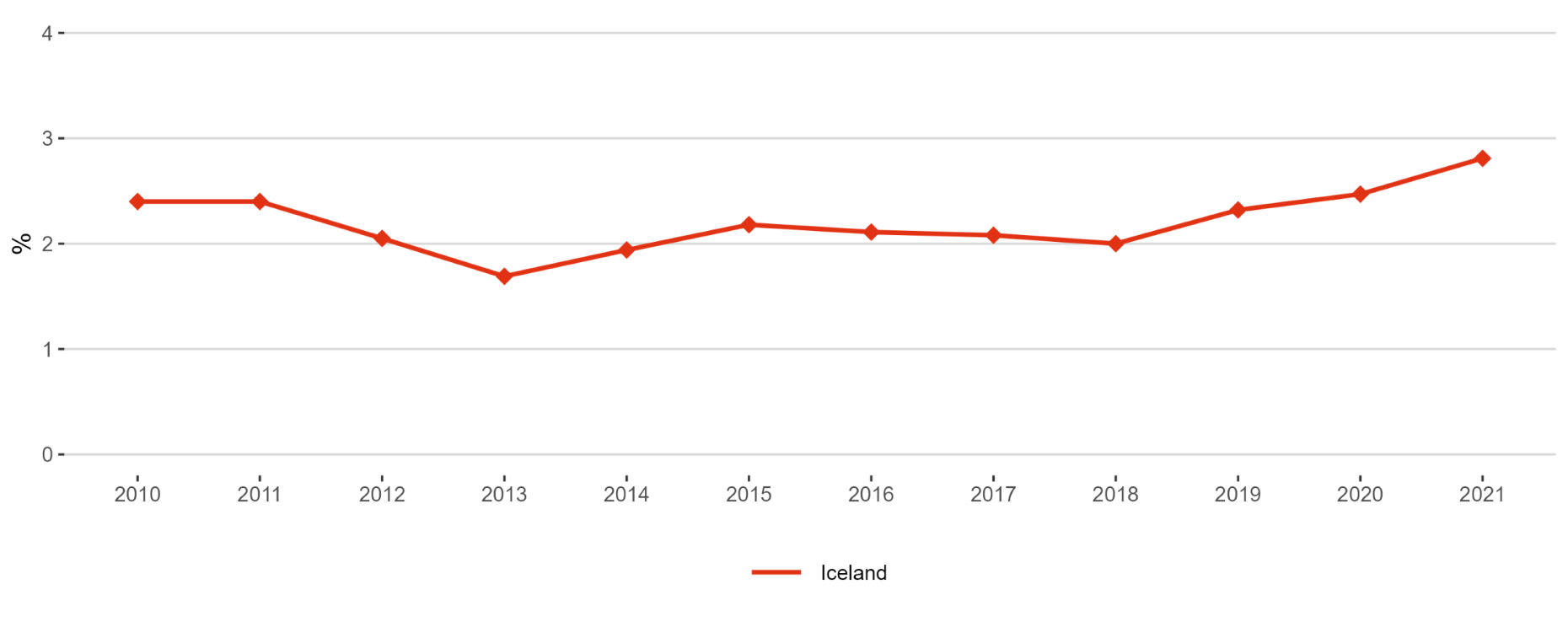
Figure 1: Gross Domestic Expenditure on R&D (GERD) as a percentage of GDP
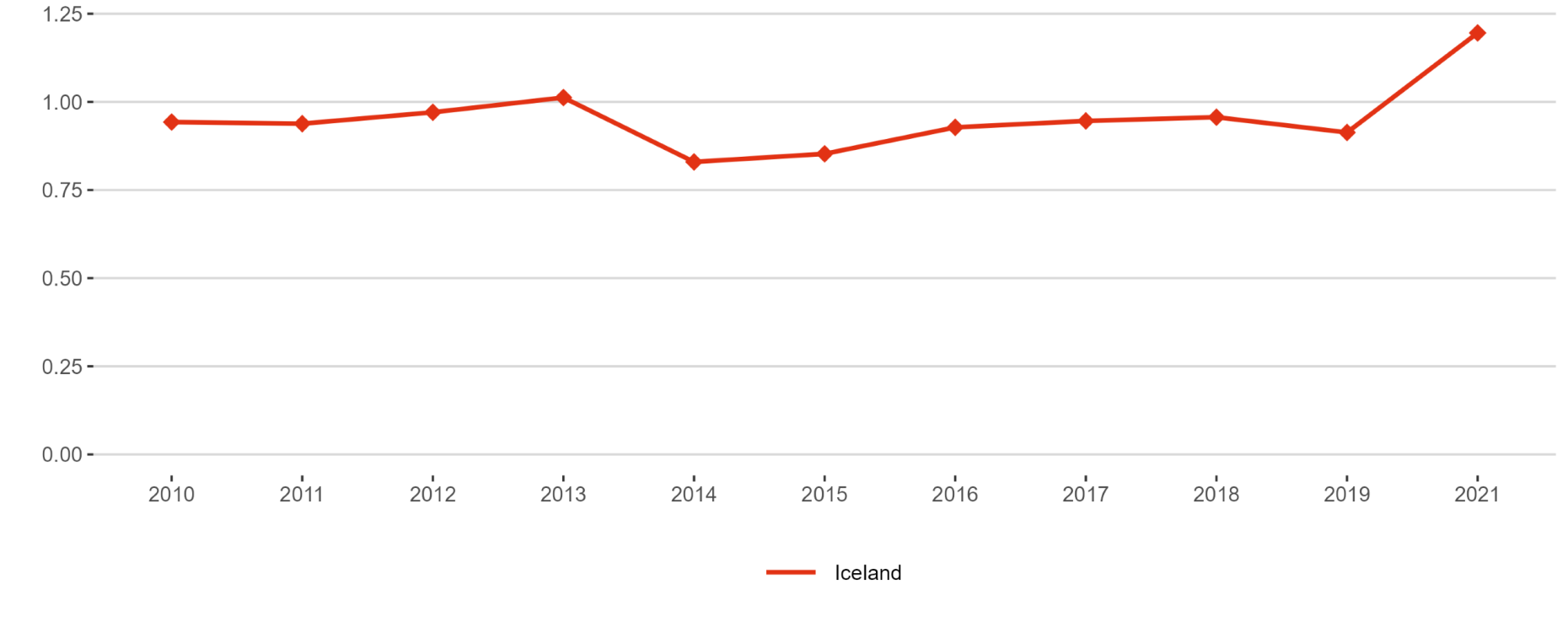
Figure 2: Government Budget Allocations for R&D (GBARD) as share of GDP
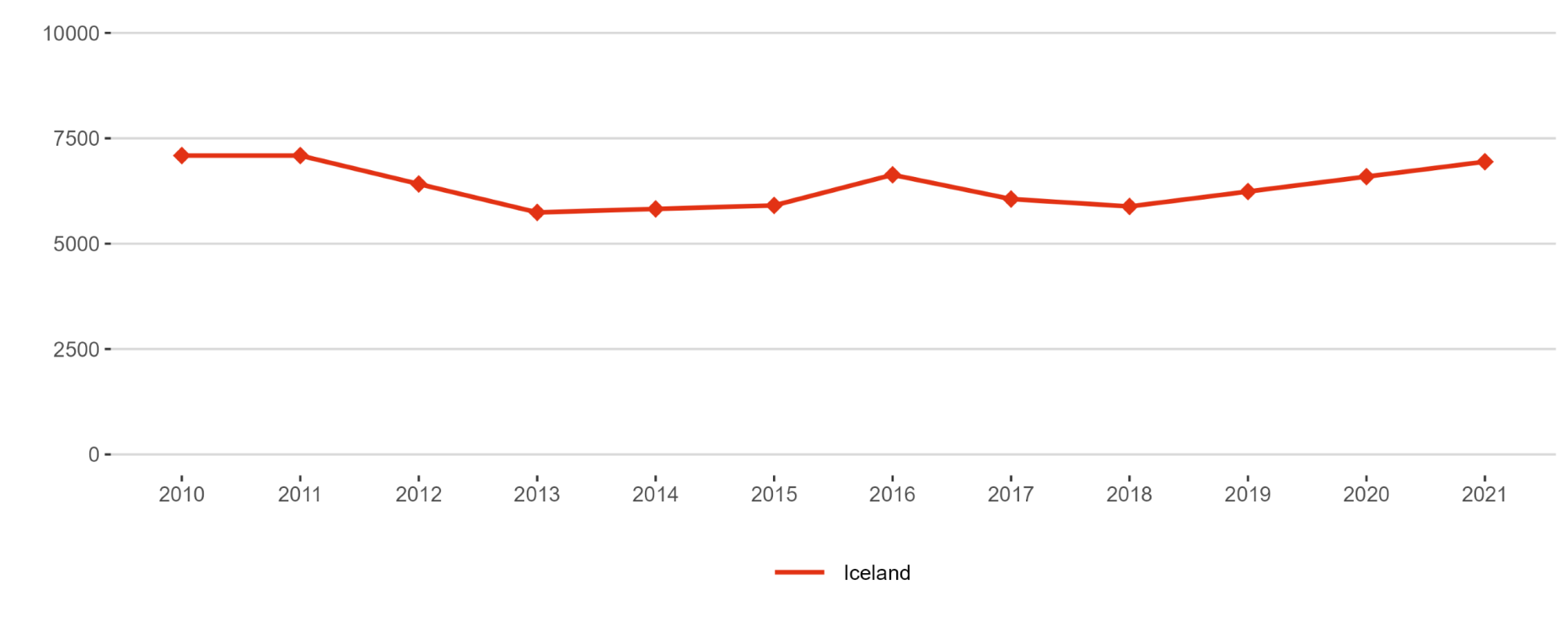
Figure 3: Researchers (in full-time equivalent) per million inhabitants

Figure 4: Business Enterprise expenditure on R&D (BERD) as a percentage of GDP
Priority 1: Deepening a truly functioning internal market for knowledge
Sub-priority 1.1: Open Science

Figure 5: Share of publications available in open access
Sub-priority 1.3: Gender equality, equal opportunities for all and inclusiveness

Figure 6: Share of women in grade A positions in HEIs
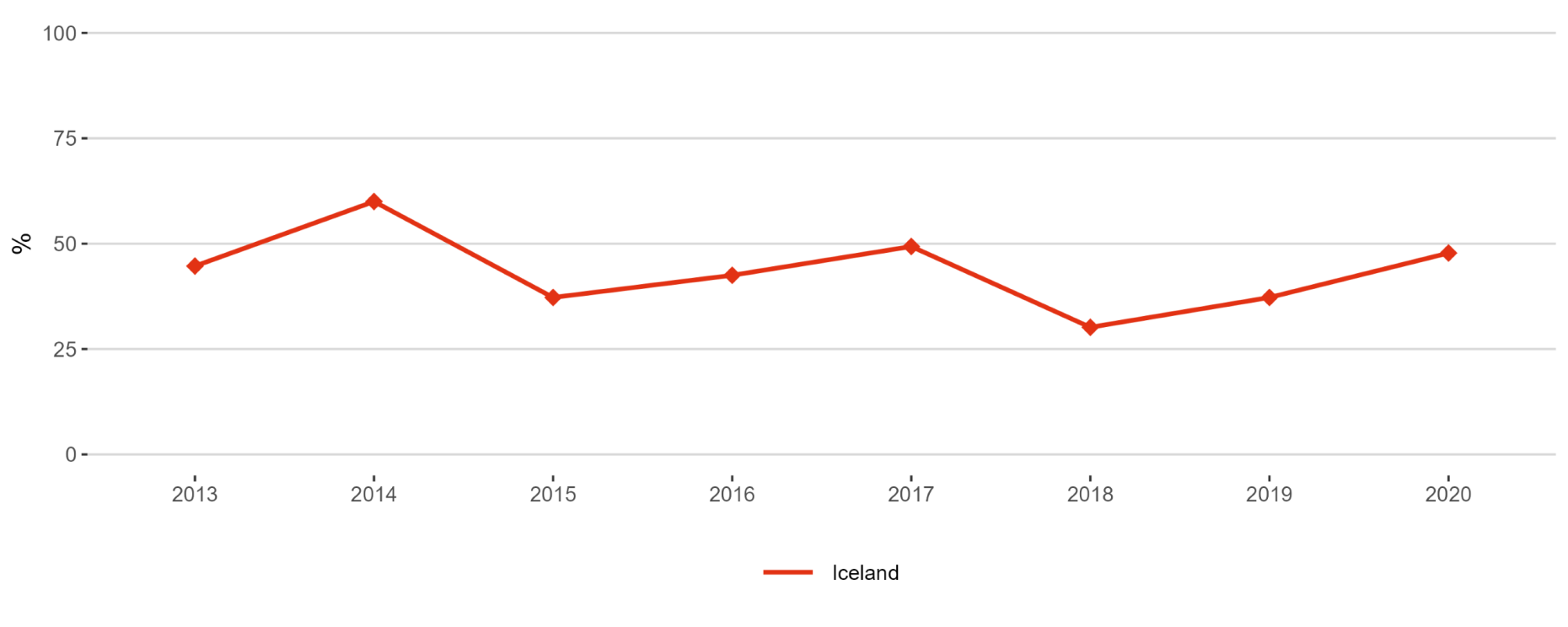
Figure 7. Proportion (%) of women among doctoral graduates by narrow fields of Science, Technology, Engineering and Mathematics (STEM)

Figure 8: Proportion of papers with mixed gender authorship, 2000–2020

Figure 9. Proportion of women in authorships of the top 10% most cited publications, 2000–2018
Sub-priority 1.4: Researchers’ careers and mobility and research assessment and reward systems
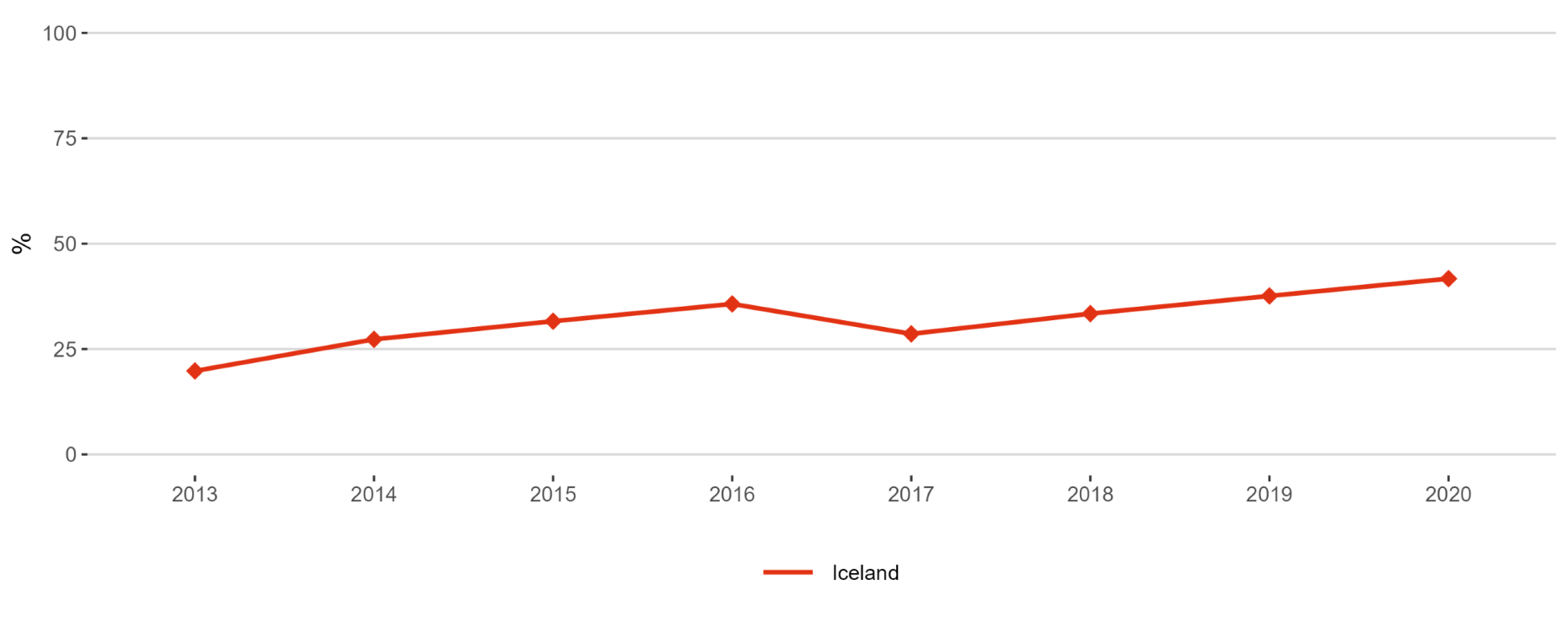
Figure 10: Share of foreign doctorate students as a percentage of all doctorate students

Figure 11: New doctorate graduates per 1,000 inhabitants aged 25-34
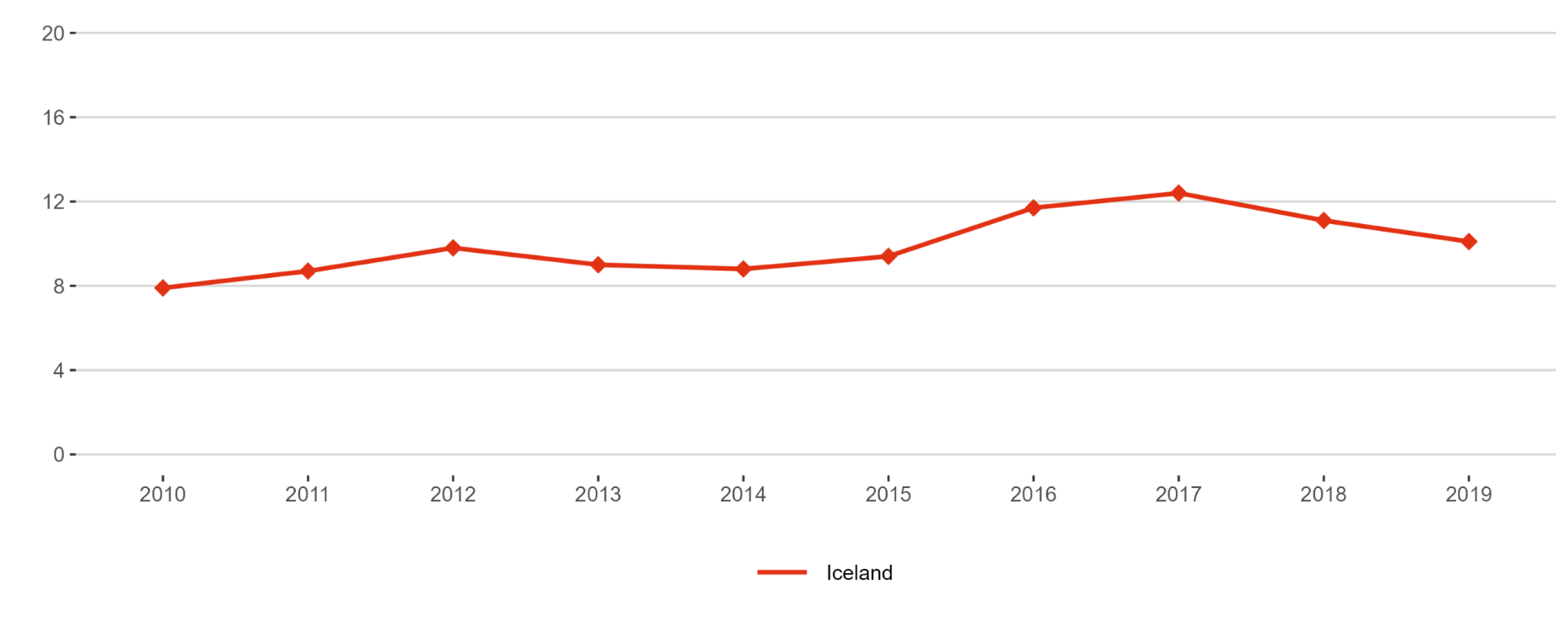
Figure 12: Job-to-job mobility of Human Resources in Science and Technology
Sub-priority 1.5: Knowledge valorisation
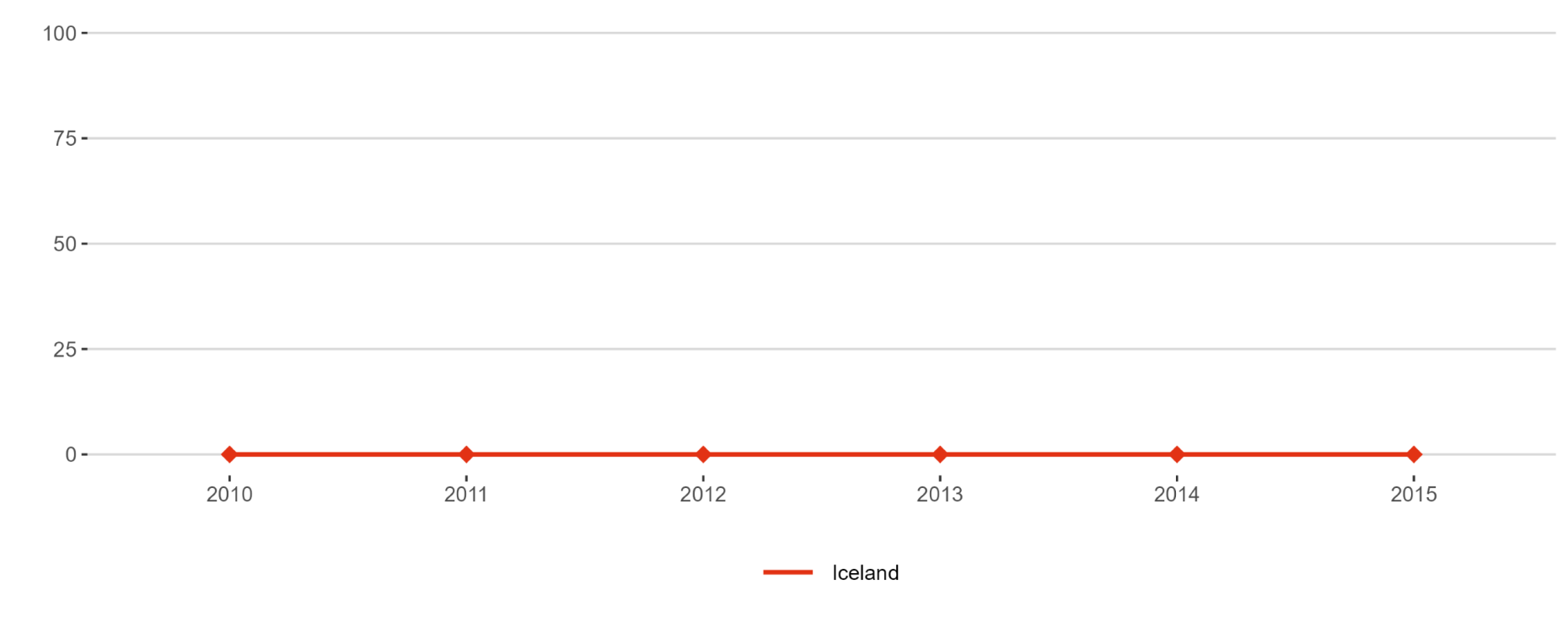
Figure 13: Number of PCT patent applications divided by GDP in million Euros
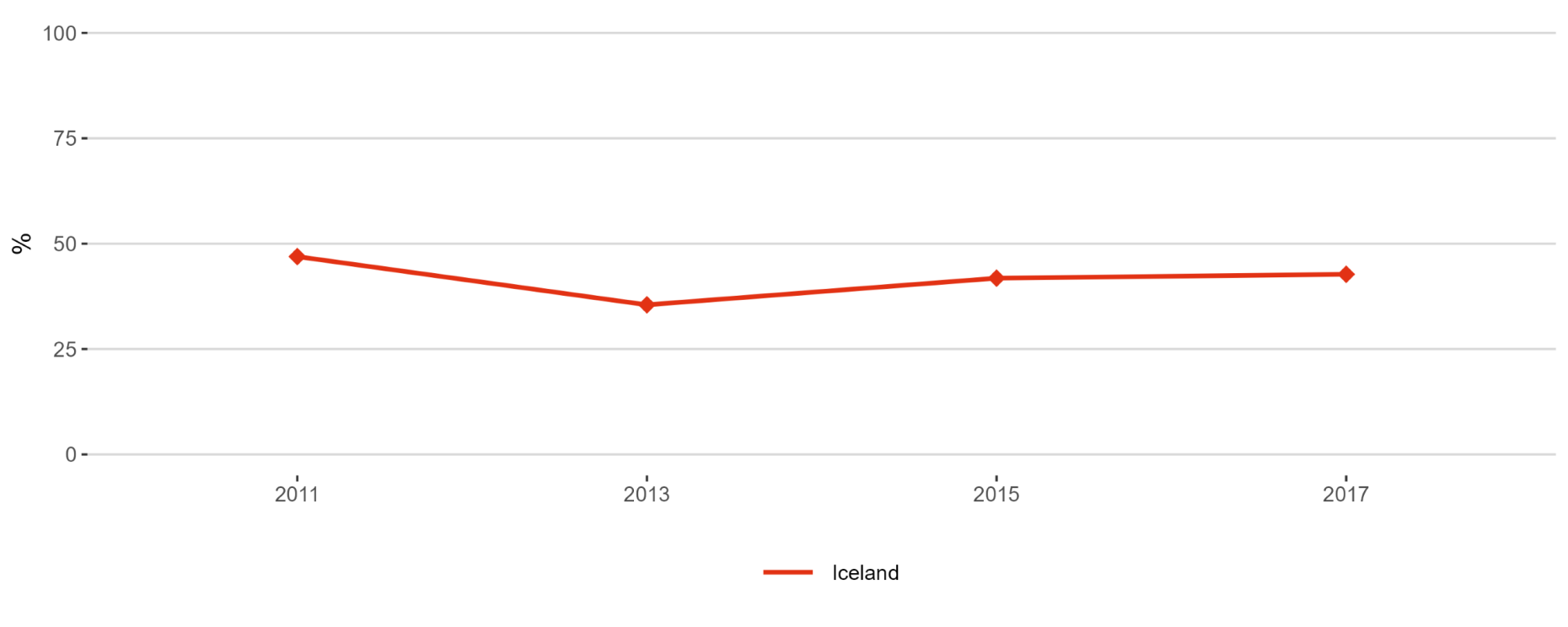
Figure 14: Business enterprise researchers as % of national researchers

Figure 15: Business enterprise researchers in full-time equivalent per thousand employees in industry
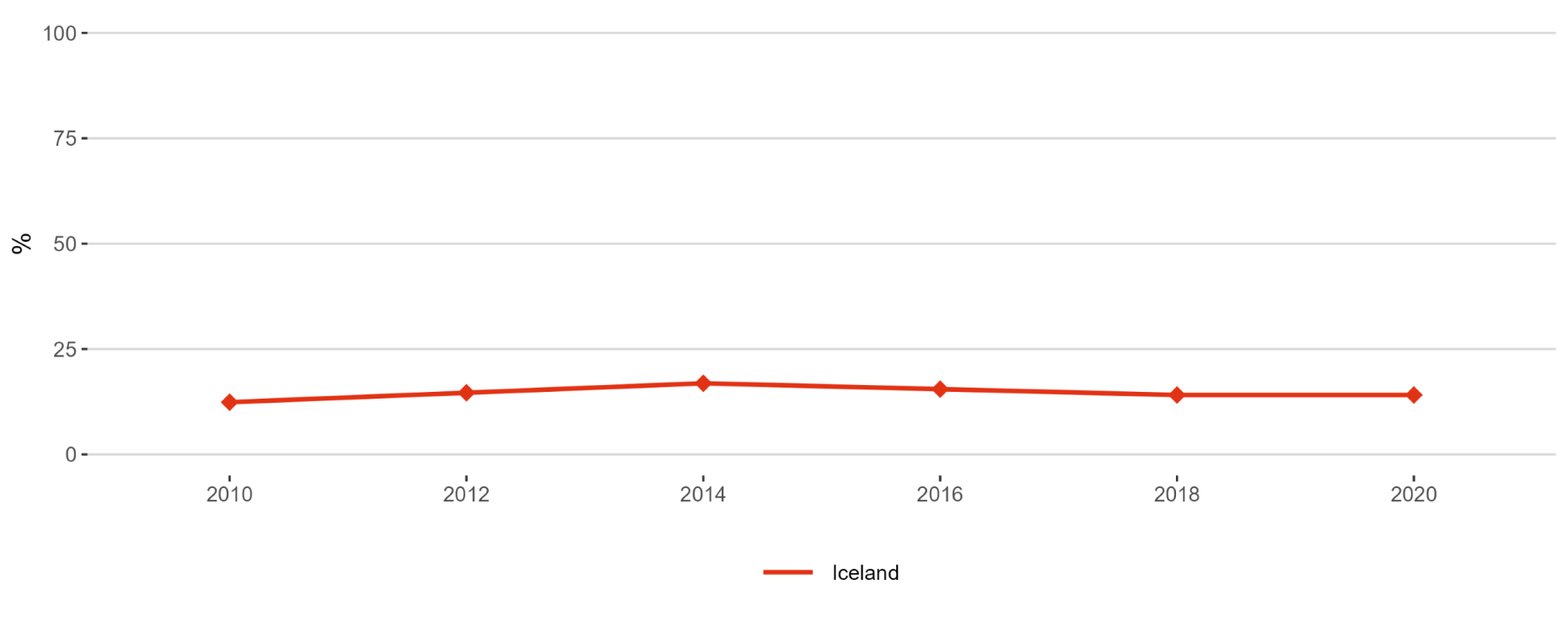
Figure 16: Share of innovating firms collaborating with higher education institutions or public/private research institutions
Sub-priority 1.6: Scientific leadership
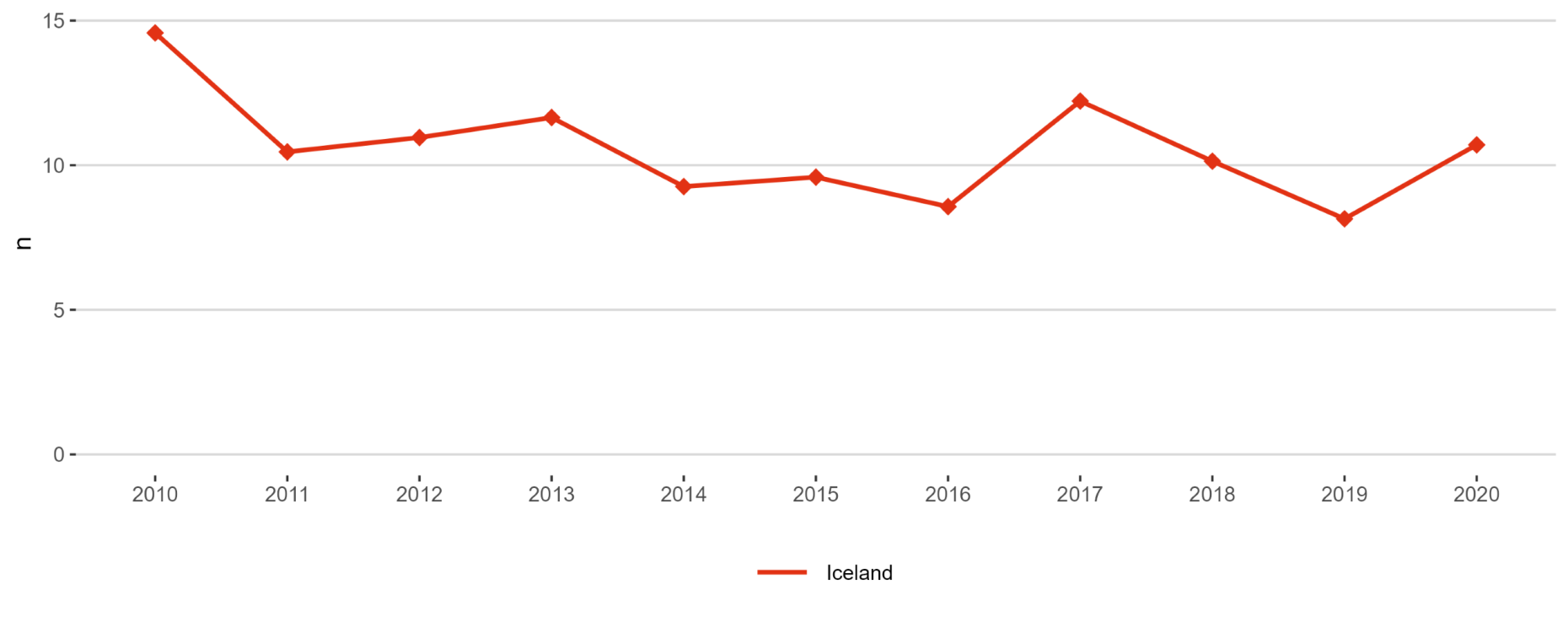
Figure 17: Number of scientific publications among the top-10% most cited publications worldwide as a percentage of all publications
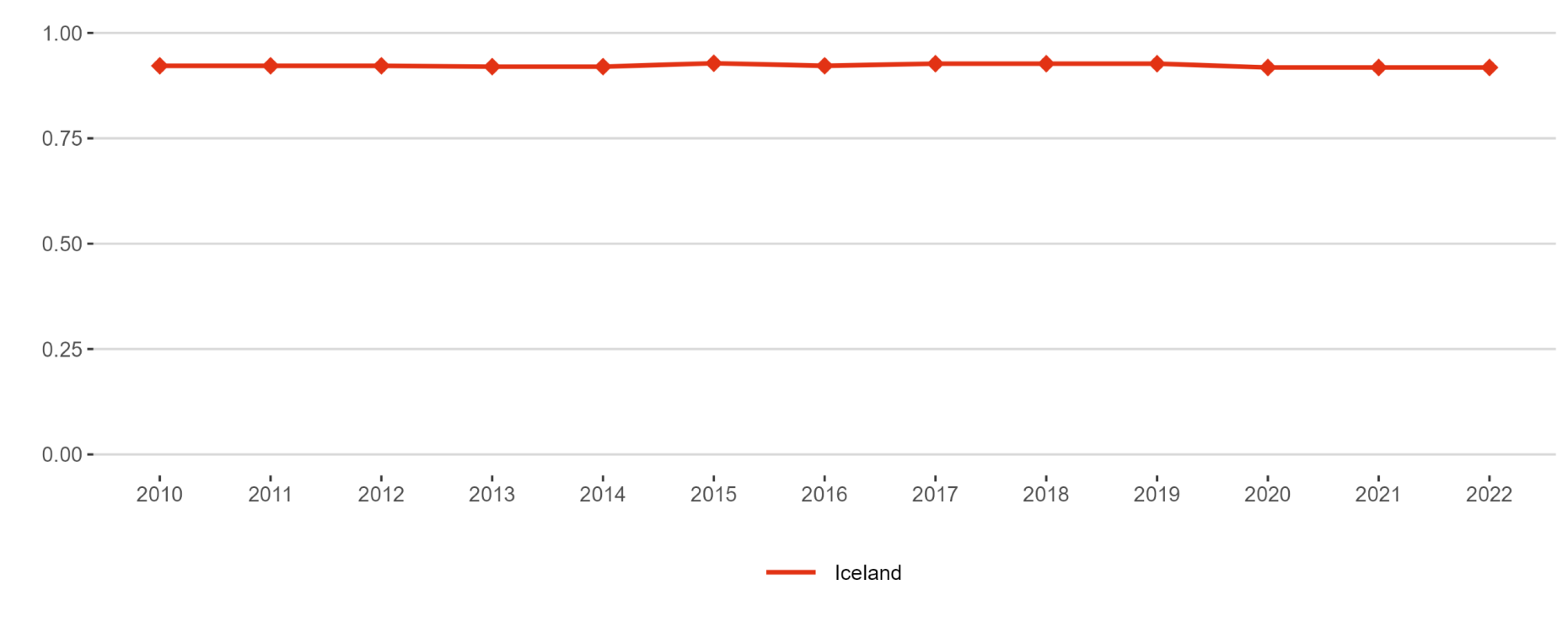
Figure 18. Academic Freedom Index (AFi)
Sub-priority 1.7: Global engagement
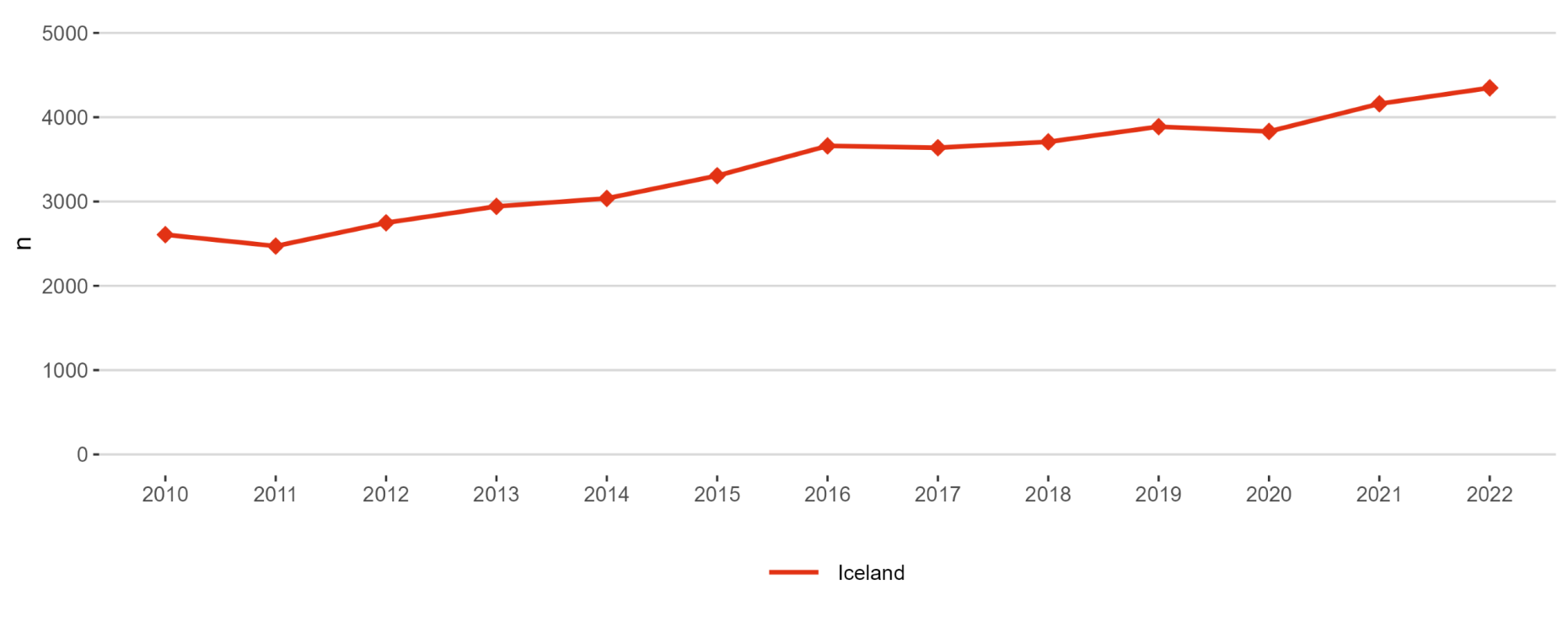
Figure 19: International co-publications with non-EU partners per 1,000 researchers in the public sector
Priority 2: Taking up together the twin green and digital transition, and increasing society´s participation in ERA
Sub-priority 2.1: Challenge-based ERA actions

Figure 20: Government budget allocations for R&D (GBARD) by NABS

Figure 21: OECD Patents on environment technologies
Sub-priority 2.2: Synergies with education and the European Skills Agenda
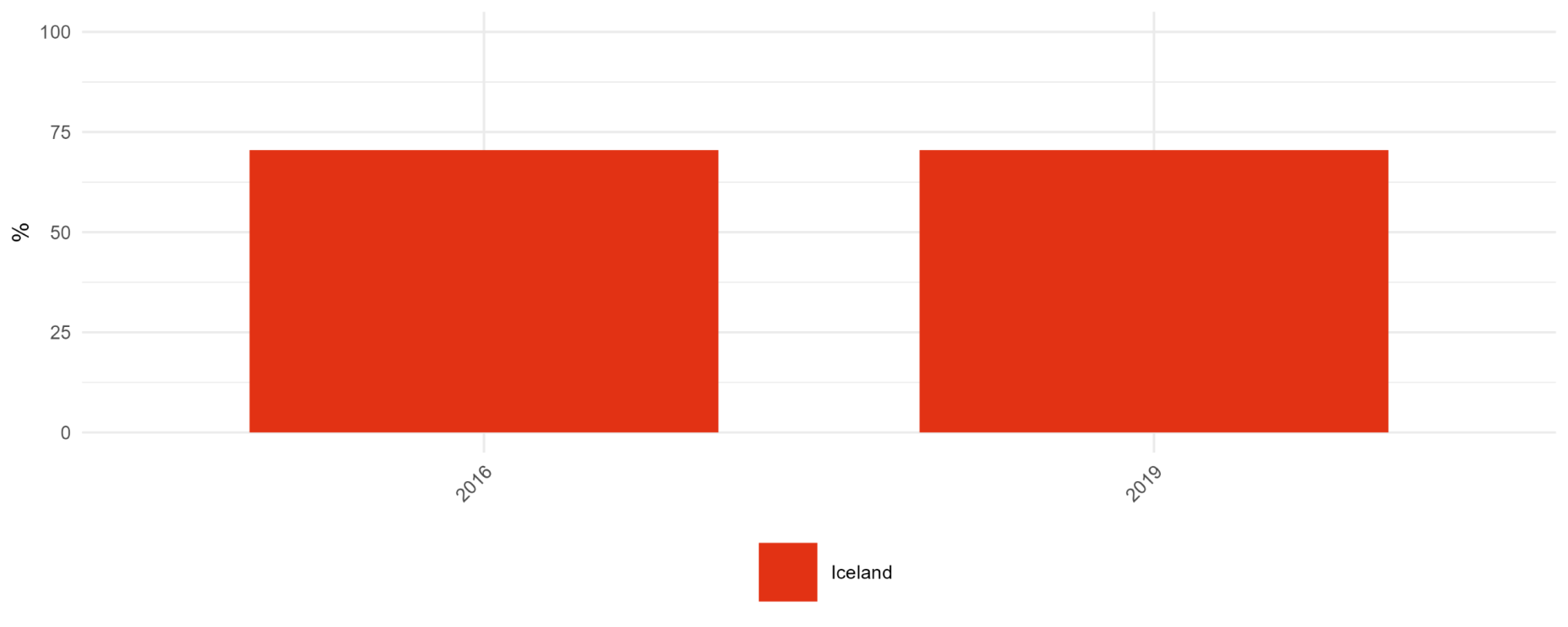
Figure 22: Share of researchers receiving transferable skills training
Sub-priority 2.3: Synergies with sectorial policies and industrial policy, in order to boost innovation ecosystems
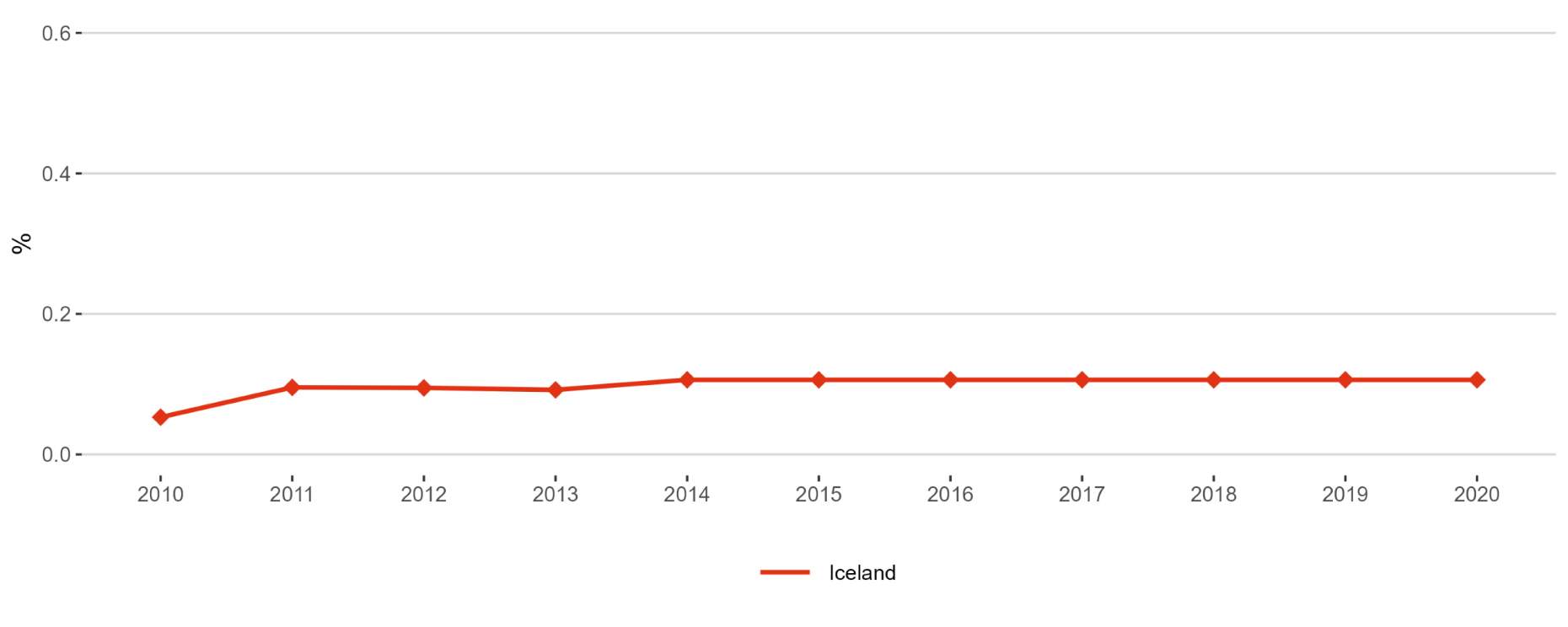
Figure 23: Direct government support and Indirect government support through R&D tax incentives as a percentage of GDP
Sub-priority 2.4: An active citizen and societal engagement in R&I in all its dimensions
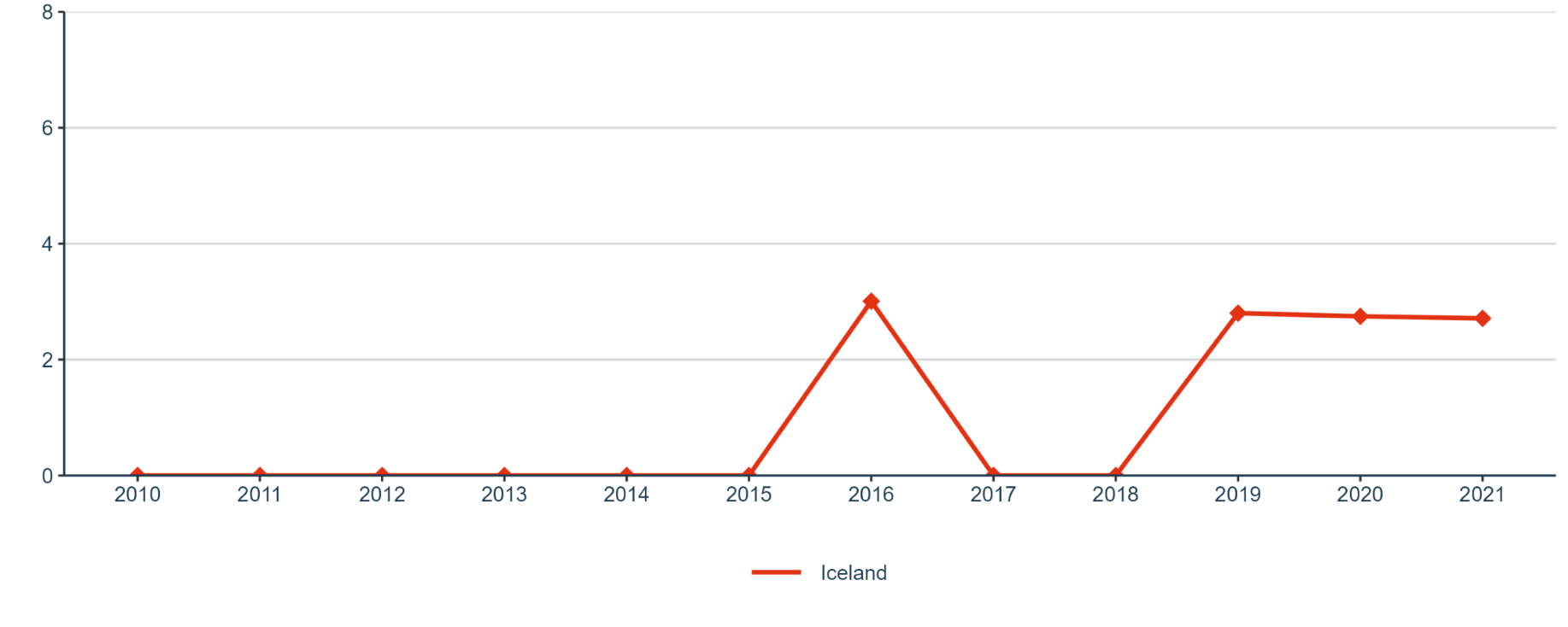
Figure 24: Research on social innovation (publications on 'social innovation' or 'social entrepreneurship') per million population
Priority 3: Amplifying access to research and innovation excellence across the Union
Sub-priority 3.1: More investments and reforms in countries and regions with lower R&I performance
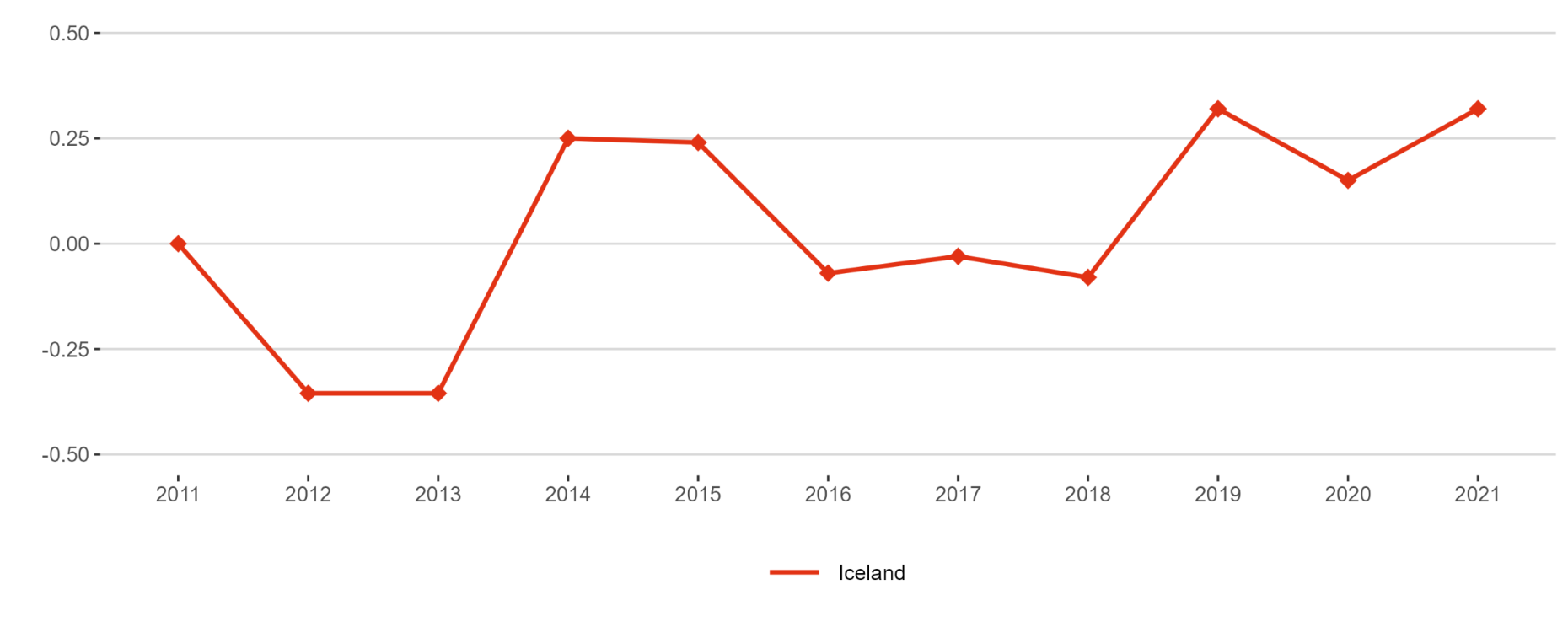
Figure 25: Increase (in percentage points) of total R&D expenditure expressed as a percentage of GDP
Priority 4: Advancing concerted research and innovation investments and reforms
Sub-priority 4.1: Coordination of R&I investments

Figure 26: Share of public R&D expenditures financed by the private sector
